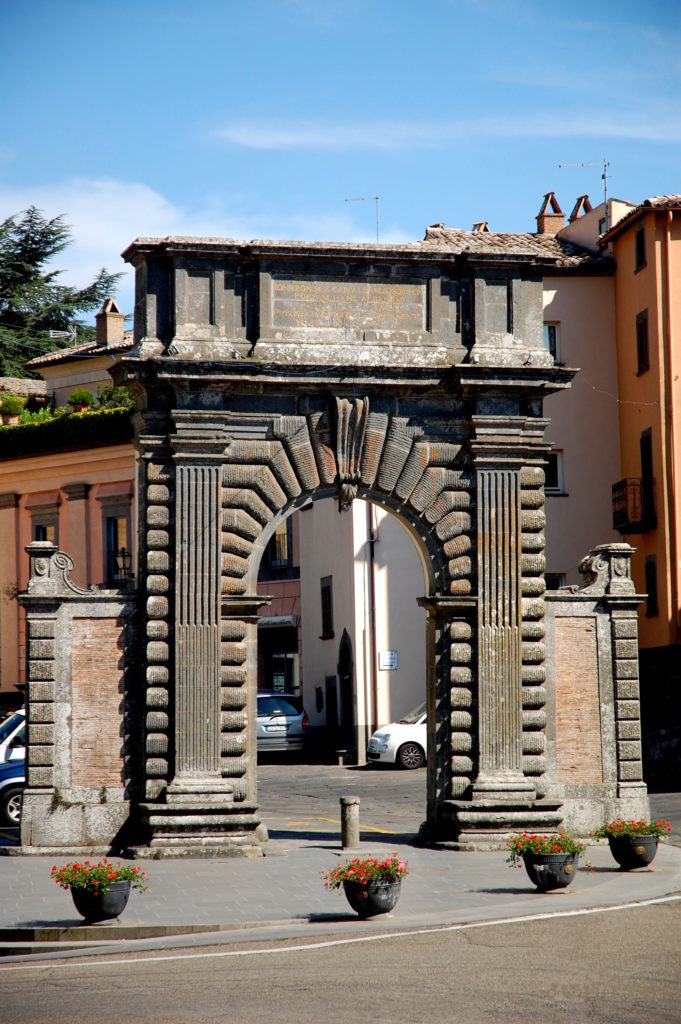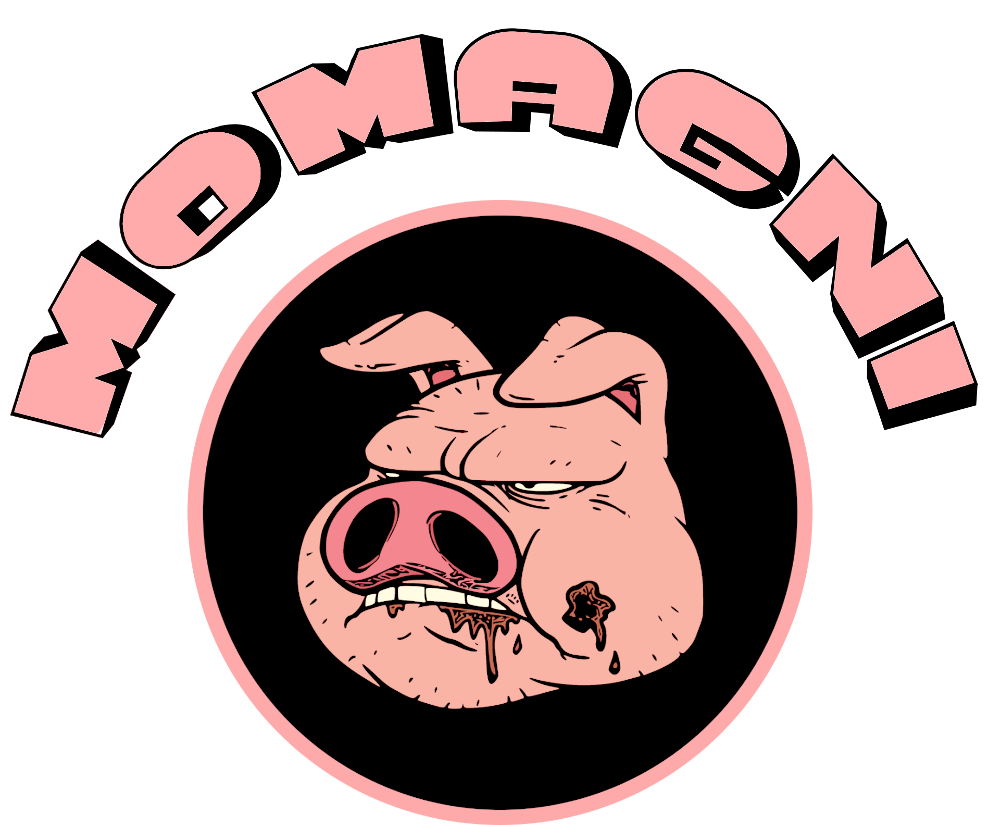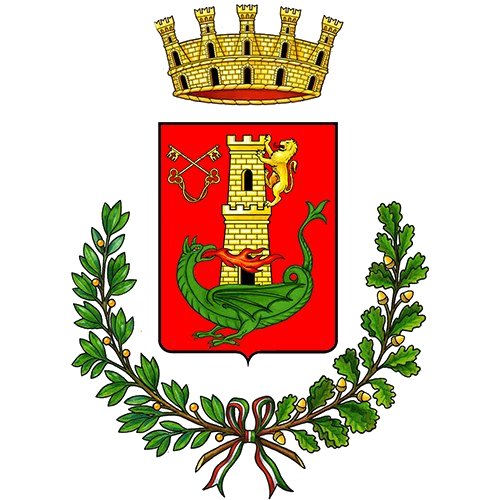
The History of Bagnoregio
Bagnoregio, also known as Balneum Regis, possibly referencing the presence of thermal waters with therapeutic properties from which King Desiderio is believed to have derived great benefits, was historically called Bagnorea. Throughout its history, it witnessed various dominations.
After the fall of the Roman Empire, it was successively ruled by Visigoths, Goths, Byzantines, Lombards, and finally by the Franks under Charlemagne, who handed it over to the Papacy.
Subsequently, numerous feudal lords took turns in power. Under the guidance of the Monaldeschi della Cervara counts, future lords of Orvieto, the city's inhabitants ignited a revolt that resulted in the establishment of the Free Commune in the 12th century. During this period, Bagnoregio experienced a phase of prosperity, cultural vibrancy, and artistic expression.
Despite the persistent threat of the nearby powerful Orvieto, Bagnoregio managed to maintain a degree of autonomy.
On June 10, 1695, a violent earthquake struck Bagnorea, today's Civita, forming the wide cliff that forever separated it from the other two districts, Mercato (now Mercatello) and Rota, which later witnessed significant immigration, becoming the present-day Bagnoregio.
In 1867, during the Campaign of the Roman Countryside for the liberation of Rome from Papal rule, a group of Garibaldini, led by Giacomo Galliano and Girolamo Corsieri from Castiglione in Teverina, retreated to Bagnoregio to reunite with their comrades after a fierce clash with Papal militias.
These clashes culminated in the "Battle of Bagnoregio" on October 5, 1867, resulting in the victory of the Papal troops.
In memory of this somber chapter of Bagnoregio's history, the "Piramide" monument-sacrarium stands as a custodian of the volunteers who fell in the conflicts.
San Bonaventura
Born in Civita di Bagnoregio between 1217 and 1221, under the name Giovanni Fidanza, San Bonaventura's life story unfolds.
In 1235, he studied at the Faculty of Arts in Paris, and later in 1243, he embarked on the path of theology. A devoted follower of St. Francis, he became one of his main biographers, absorbing his teachings and passing them on through his life and doctrine.
The right arm of San Bonaventura, extracted on March 14, 1490, in Lyon, was transferred to Bagnoregio the following year, where it is still preserved at the Cathedral of San Nicola.
The "holy arm" remains the world's sole relic of the Doctor Seraphicus, following the desecration of his tomb and the scattering of his remains in 1562.

21°C
Overcast clouds
14-05-2024 18:32Our sponsors
Vuoi sponsorizzare la tua attività sul nostro sito? Contattaci!







